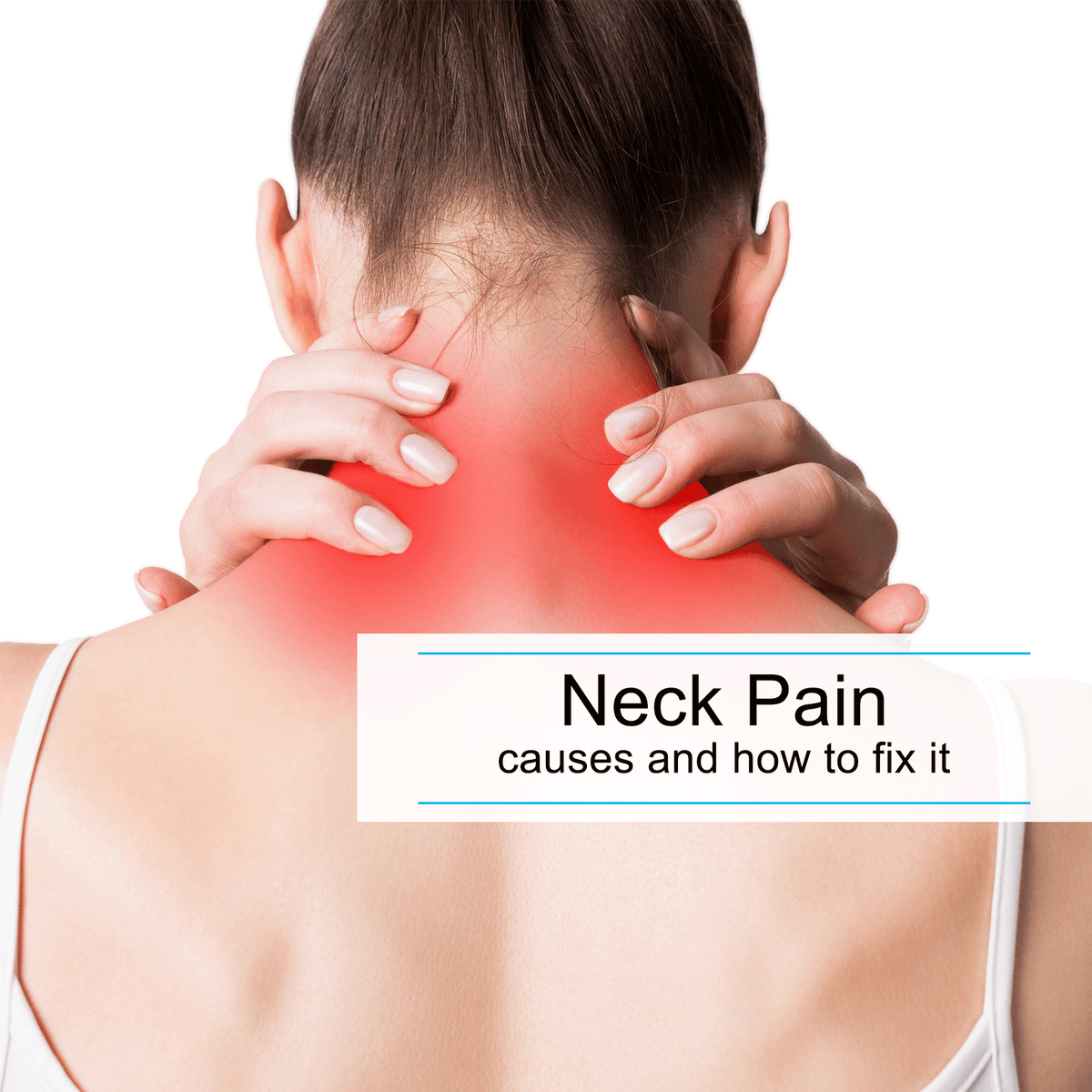
Life Can Be a Pain in the Neck, Literally
|
|
Time to read min
|
|
Time to read min
Do you awake with a stiff neck?
Do you feel twinges of neck pain while sitting at your computer, talking on your phone, or simply from turning your head?
One of the main culprits of neck pain is poor posture. Slouching over a desk and staring at a computer, using a cell phone positioned between your ear and shoulder, texting with your head dropped forward, and reading and sleeping in anatomically incorrect positions for extended periods produce immobility, and stiffness, muscle strain, and tightness. Combine these neck stiffening activities with improper head placement while walking and sitting, and you’ve successfully created a situation in which the neck joints that make up your cervical spine misalign and cause wear and deterioration of the cervical vertebrae.
Additionally, when the surrounding muscles lose mobility, a host of interrelated bodily joints, muscles, and nerves become affected, creating situations in which pain, fatigue, and numbness can become part of your daily life. This combination, over time, can lead to misalignment of the head and neck, affecting many areas, including the cervical vertebrae connected to the pelvis, lumbar, and thoracic spine. The consequences associated with these postural misalignments can include cervical arthritis, stenosis, disc herniation or degeneration, headaches, and breathing issues.
First, become aware of your daily habits and the culprits that may be causing neck strain and pain. Next, educate yourself about the anatomically correct postural positioning required for optimum health and well-being. Remain focused on and vigilant with your posture when using electronic devices, and when walking, sitting, standing, and lying down. Make the time and engage in proactive exercises that strengthen and reinforce postural alignment.
Remember that correct anatomical alignment is interconnected from your head to your toes. Every joint, nerve, and muscle contributes to the maintenance of your anatomically correct original blueprint; the way you were born. The big picture of your overall well-being is made up of each of your parts. When you realize that even a misaligned toe can be the origin of neck pain, you will understand the importance of ensuring that each and every joint is optimally aligned.
Just like your car requires constant care and frequent alignment, so does your body require care and maintenance. You have the power to control your movements in rest and active positions. Developing the habit of engaging in joint alignment exercises will promote daily well-being and counteract the effects of devices and activities, which tend to knock joint alignment out of place and contribute to muscle strain and debilitating pain.
Be your own caregiver and maintainer of the life you want and deserve to lead!
Standing on Posture Board
Duration: Hold for at least 5 min
How to Perform:
Sitting Presses
Duration: 1 set of 60 reps
How To Perform: